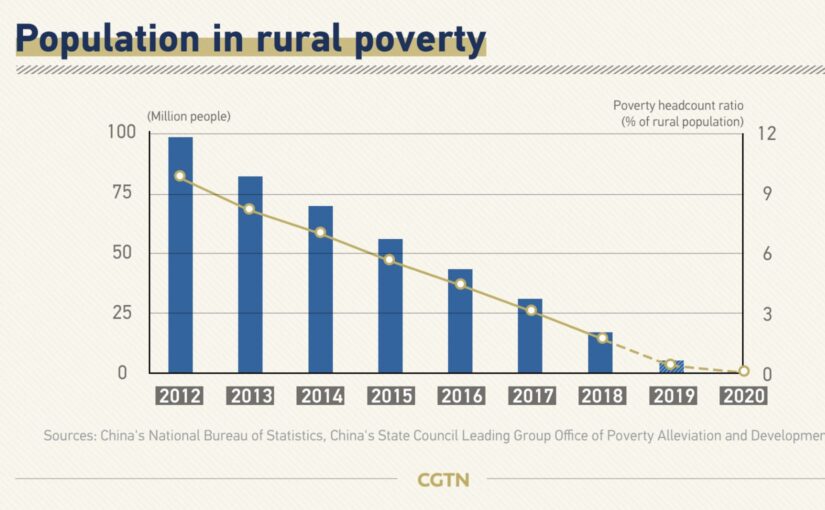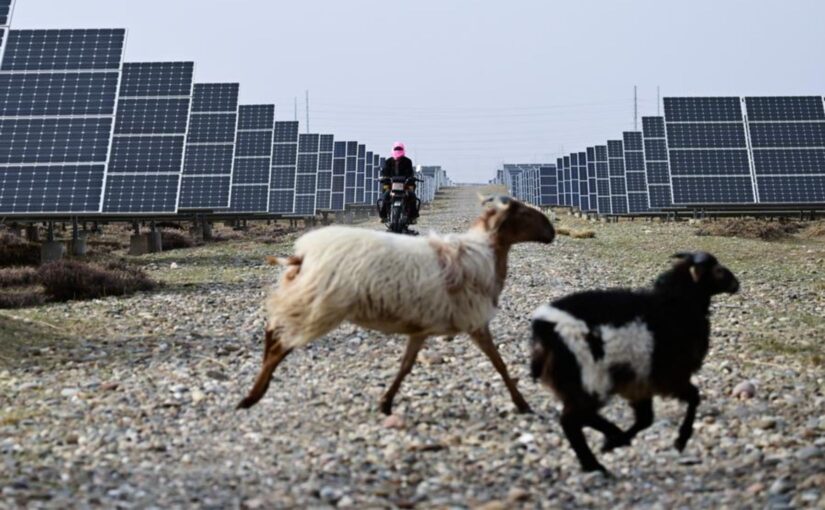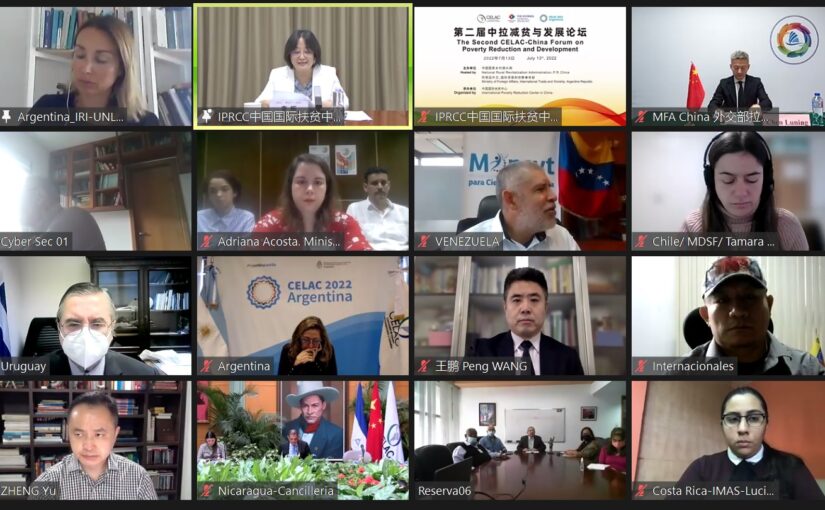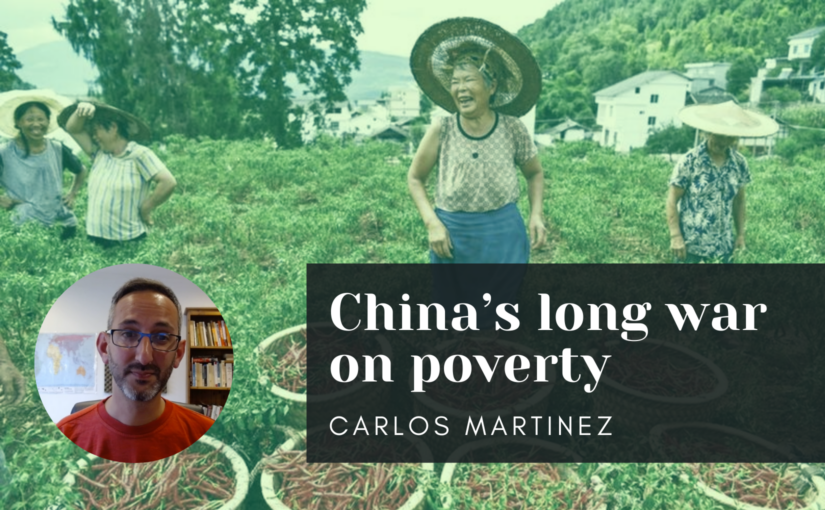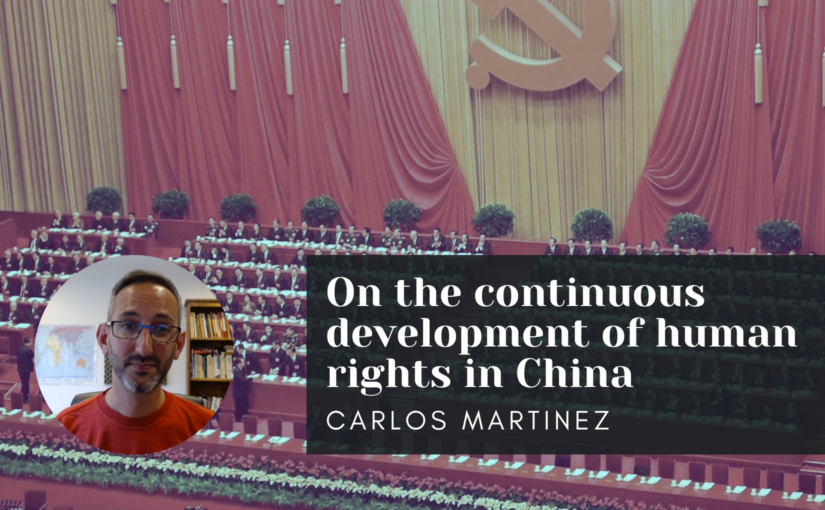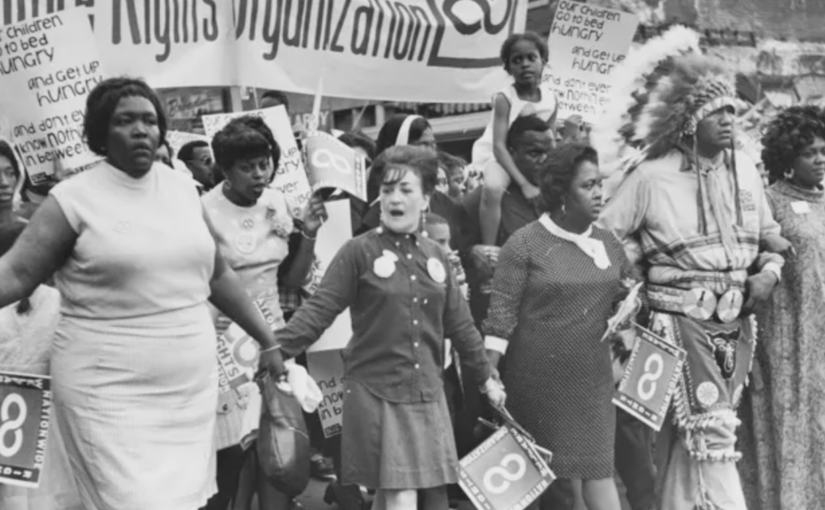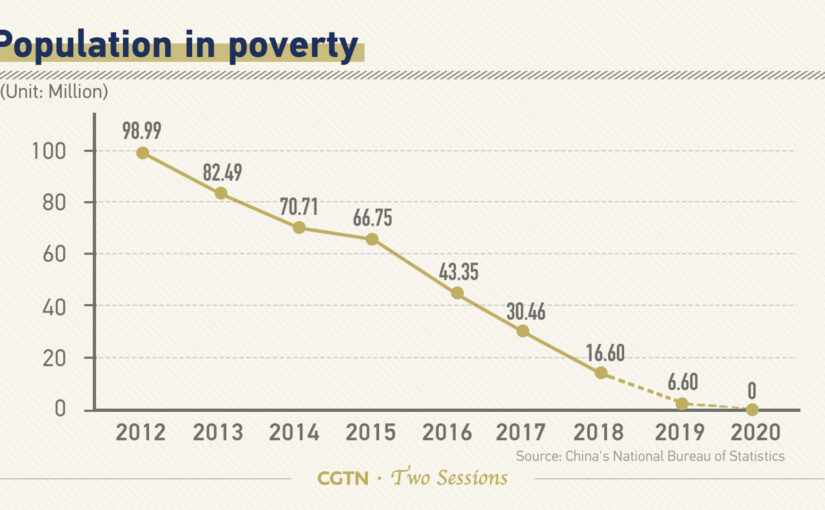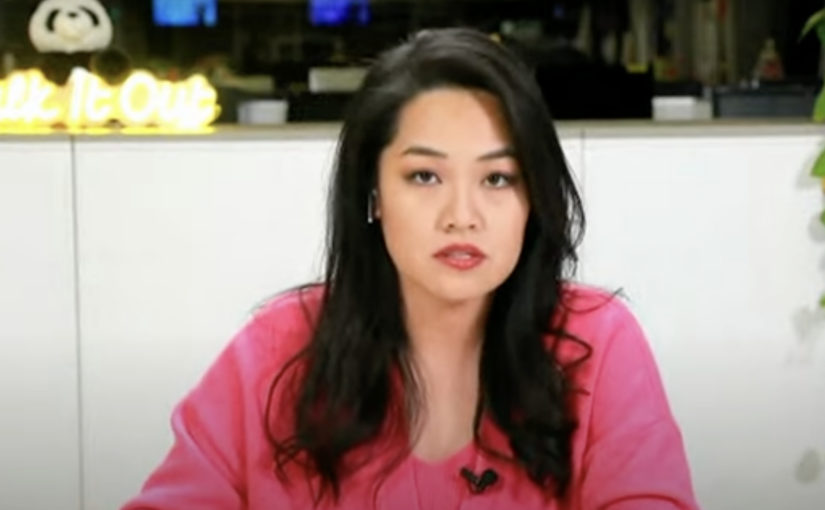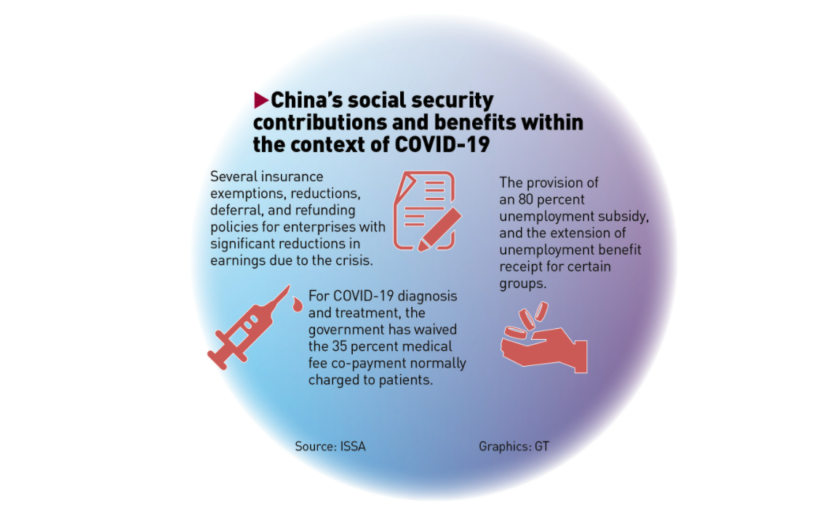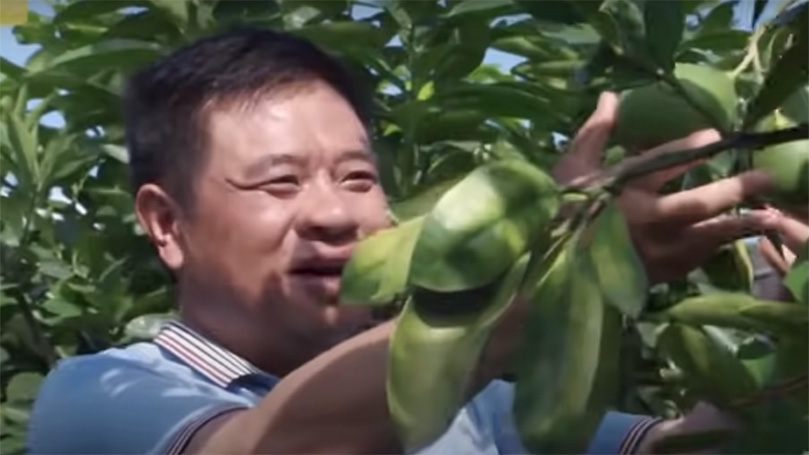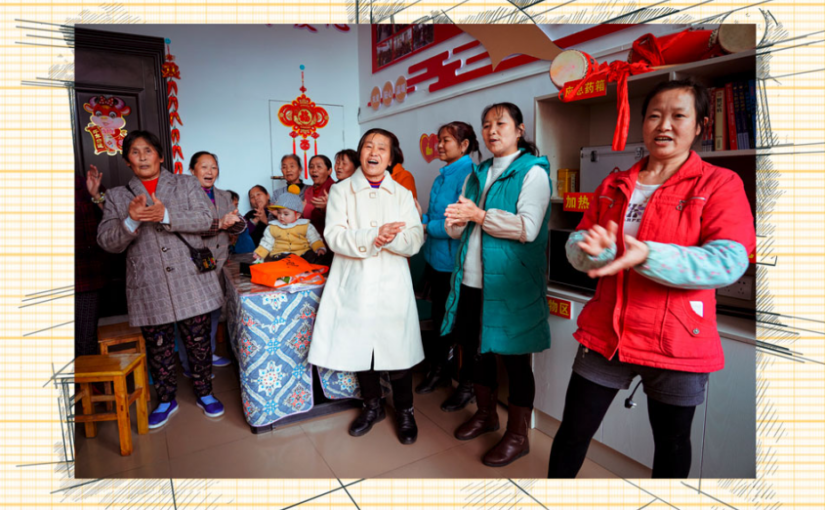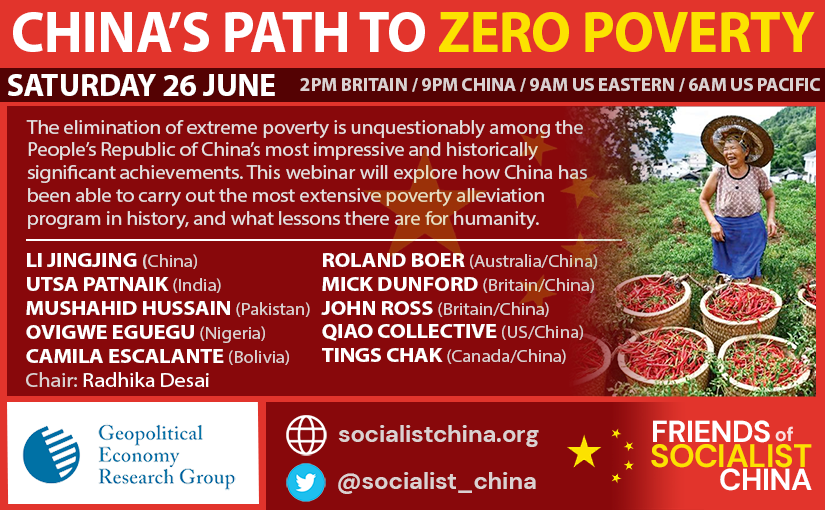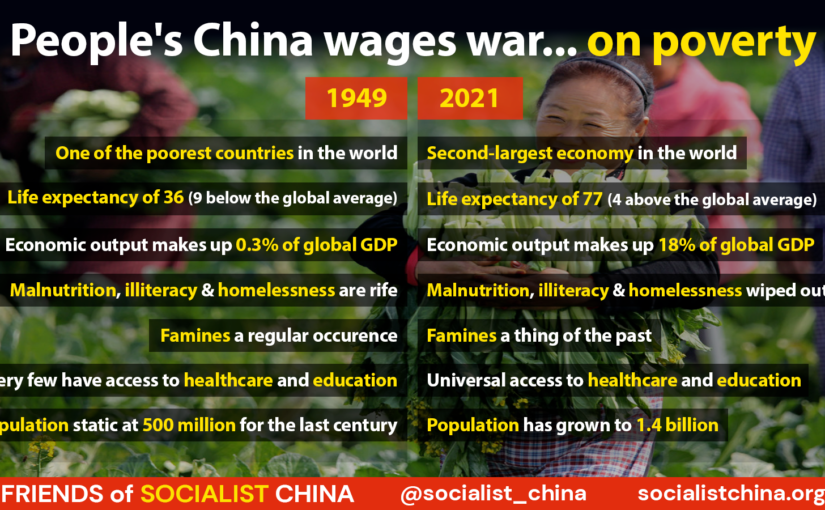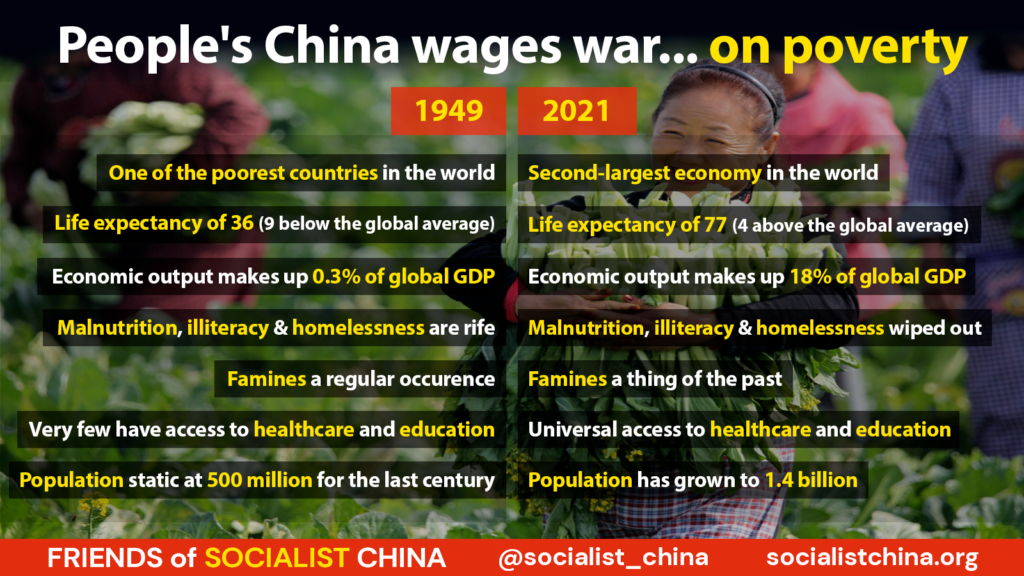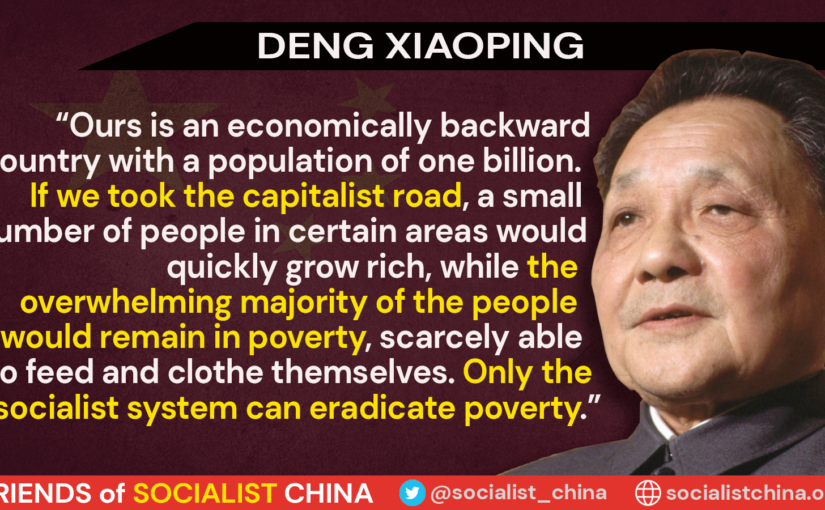We are pleased to republish below an article by Taylor Dorrell on China’s use of big data and other digital technologies to tackle poverty and improve livelihoods.
Describing the unprecedented successes of China’s Targeted Poverty Alleviation (TPA) program, Taylor notes that the immense human effort associated with the program (involving the deployment of several million cadres to work in impoverished areas and collect raw data on household poverty) has been greatly facilitated by the use of digital technologies. For example, at the Information Center of the State Council Office of Poverty Alleviation, “billions of pieces of data are mobilised like ammunition to wage a decentralised war against poverty”. Meanwhile:
In the province of Guizhou, the government established the “Guizhou Poverty Alleviation Cloud” information system, which connected data from different government departments, sharing housing, education, and medical care data with industrial departments and data from poor households. Guizhou Renhe Zhiyuan Data Service Co., Ltd. collected data from over 20,000 villages to create a customized training program for workers based on skills and employment. It’s just a small example of how cybernetics has been used to address poverty.
Taylor joins the historical dots from the Soviet Union’s early experiments with cybernetics (to improve economic planning), through to the Allende government’s Cybersyn project in Chile, and on to China’s contemporary use of big data to eliminate poverty.
Using big data and modelling, China has been able to track and eradicate absolute poverty, a feat never taken on, not to mention achieved, by any country in history.
This article originally appeared on People’s World.
In China’s countryside, it is common to find elderly farmers moving from their ancient homes to new developments sprouting up across the land. Houses discovered to be in the path of disasters like floods and landslides, or houses that are simply too old, are being left for new condos closer to industrial or post-industrial jobs.
When Peng Lanhua’s 200-year-old home was designated unsafe to live in by the government, she turned down the opportunity to move to a new community an hour away, and instead, despite her age, or perhaps because of it (she’s approaching 90 and has seen China transformed from being a feudal state occupied by Japan to becoming an economic superpower), she chose to stay in the dilapidated structure.
Were Peng born in a crumbling shack in West Virginia, she might find herself with few prospects. Living with Alzheimer’s on a modest pension and low-income insurance, there would be little hope of fixing up her home, securing basic amenities, and improving her material conditions in her final years.
There is no government or party cadre visiting every trailer home in West Virginia villages to learn how the state and private markets can be mobilized to secure a minimum standard of living. There is no team following up to verify the conditions and see who has been raised out of poverty. However, Peng doesn’t live in Appalachia, but rather a remote village in Guizhou Province, a place that has been a part of China’s poverty alleviation program and was the subject of a recent study carried out by the international left-wing institute, Tricontinental: Institute for Social Research.
In 2013, China began the “targeted” phase of its long-running poverty alleviation program. Spending $246 billion to build almost 700,000 miles of rural roads, bringing internet to 98% of the country’s poor villages, renovating homes for more than 26 million people, and building new homes for almost 10 million people, China’s Targeted Poverty Alleviation (TPA) program is not tailored solely towards satisfying strict income requirements and quantitative improvements.
Following the slogan “one income, two assurances, and three guarantees,” the program addresses what’s called Multidimensional Poverty. “One income” refers to raising the daily income above the UN poverty line of $1.90; “two assurances” refers to food and clothing; and “three guarantees” is in reference to access to basic medical services, safe housing with clean drinking water and electricity, and free education.
Continue reading Cybernetics with Chinese Characteristics: How big data is eliminating poverty and building socialism
